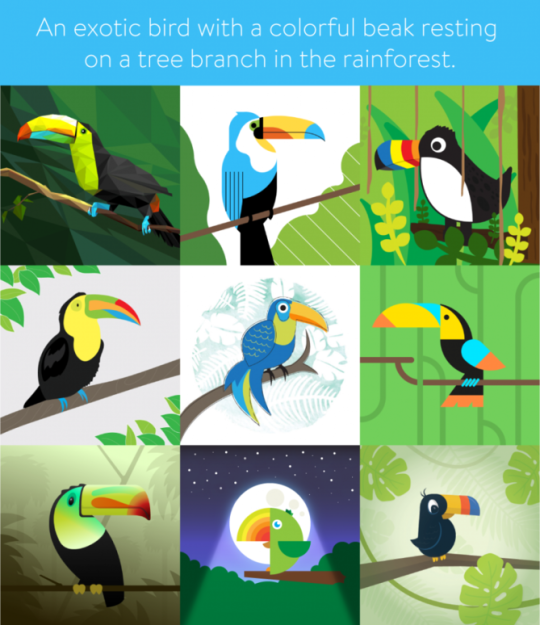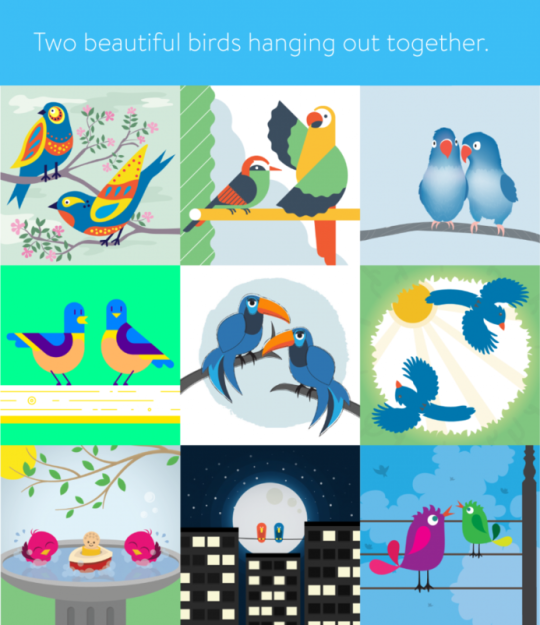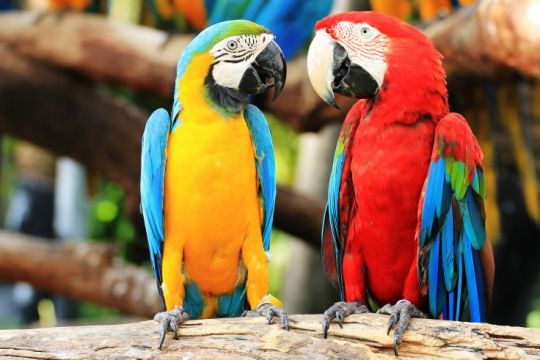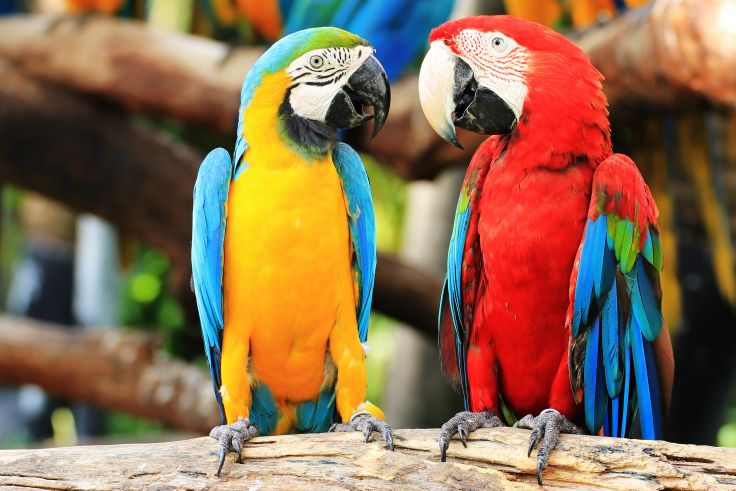Probably the most difficult task for people to do is create a tangible representation of an idea in their minds. They can record it verbally, put it down in written form or create an artistic sketch – or any other number of representations – but the final product may well turn out to be an imperfect replica of the original idea.
Related: 4 Keys to Raising Your Content Marketing Game
As difficult as this task is for the person who originated the idea, imagine how impossible it is for another person entirely to create that living, breathing interpretation – one that meets the originator’s expectations and articulates his or her overall message.
The task would challenge any of us. Yet it is one that happens every day when we content marketers take clients’ ideas and turn them into creative pieces of content meant to be digested by our clients’ target audiences.
So, how do you create content that matches someone else’s expectation?
Before I answer that question, let me first present an experiment we conducted with our creatives at CopyPress. Using the introduction above, we built out the hypothesis that, “The vaguer we are when conveying our expectations, the more apt we are to receive inconsistent results.”
Part 1:
In the first stage of our experiment, we found a photo of a Toucan sitting on a branch in a forest. We created a description of this image as best we could, without fully specifying all the elements, as we wanted to leave some room for creative interpretation. After all, we wanted to see the level of variety in the results.
We then asked nine of our creatives to “create an image of an exotic bird with a colorful beak resting on a tree branch in the rainforest.” This was descriptive enough that we should end up with similar results, but we left the “exotic bird” concept open to interpretation, to see what kind of consistency we might get in the type of bird created. The results were the following:

The actual image we wanted to replicate was this:

Even though we did not specify a “Toucan,” every designer produced an interpretation of one. The results also showed that we could still create consistency in the images without removing artistic freedom. In the artistic renderings, you can see a number of interpretations, all of them beautiful, because of the liberty we allowed in respect to color scheme, style and other design elements.
Related: Give Your Brand a Boost With Lifestyle Content
Part 2:
In the second stage of our experiment, we wanted to provide less descriptive expectations of our image, and see how accurate and consistent the results would be to that image. Our directions this time were to “create an image of two beautiful birds hanging out together.” We also directed the creatives to incorporate the color scheme of CopyPress after looking over our website.
The results were the following:

The actual image we had wanted to replicate was this:

In contrast to the first experiment these illustrations were not only vastly different from our desired result, they were different from one other. Our vague description of what we wanted resulted in a wide range of results, all of which satisfied the requirements but not our expectations. We had said to “produce two beautiful birds hanging out” and to use our basic color palate. And certainly the results all depicted two beautiful birds and followed CopyPress’s color scheme. Unfortunately, none of them matched what we had wanted the end result to be.
This was not an issue with the creatives’ interpretation, but with our ability to outline what we expected or wanted the creatives to produce.
So, back to the original question: “How can content be created that matches the expectations of someone’s original idea?”
Here are four tips that will help you align your expectations with the created content.
1. Use unambiguous language and strong descriptors.
Content creation for someone else’s concept or idea is never easy. However, the more clarity that you as client can establish for the direction of the content, the more likely that the results will be on par with your expectations. Clients should use descriptive language and proper terms when laying out the project. Creatives should ask questions if they don’t fully understand what is expected.
For instance, for the first part of the experiment, had we wanted an exact match for our image, we could have said “Toucan,” instead of “exotic bird with a colorful beak.” The image of a Toucan was what we had been using as the measurement. We could have specified this to the creatives before they started the project.
2. Use examples to provide a blueprint.
Had we provided our designers at the beginning with the image we were measuring them against, they undoubtedly would have produced an illustration more in line with it. Examples provide a vivid and clear outline for the creative to follow and will result in a much more structured result.
3. Create a style guide.
Our experiment used a handful of creatives and gave very lax requirements for color, style and brand specifications. As you can see, the results were wildly different in all of those areas. Had we wanted the images to all have the same consistent voice or style, we would have needed to clearly identify that upfront. A style guide or brand book that easily describes the brand’s voice, color requirements, logo and typeface is a must-have for creatives starting on projects.
This becomes especially important for larger projects, and those requiring more creatives to complete them.
Product descriptions are a good example. You want a consistent brand voice, structure and call to action across every product description. Creating a style guide that outlines the branding requirements will help produce more uniform results.
Sometimes, though, it makes sense to leave room for artistic freedom.
For me, one of the more compelling findings from the experiment was how different, yet engaging, each result was. Although there are times where you will need to have strict rules and structure for your content, other times it might make sense to allow room for creatives to get, well… creative!
Content is meant to be enjoyed, and if you place too many rules on it, you might not end up with the best possible result. Being open to creative freedom will require less strict expectations for the end result.
Overall, content creation is one of the most difficult jobs to do because of how hard it is to truly exceed somebody else’s own perceptions. That said, content creation is not going anywhere. As long as there is a need for companies to market themselves, and a desire for people to digest information or entertainment, there will be be a need for creatives to produce content.
So we might as well start by being more efficient with our content creation – and that starts with clear expectations.
Related: How to Create Compelling Online Content That Gets Traffic




